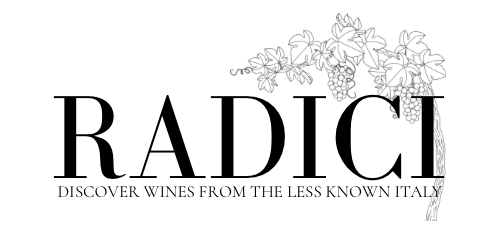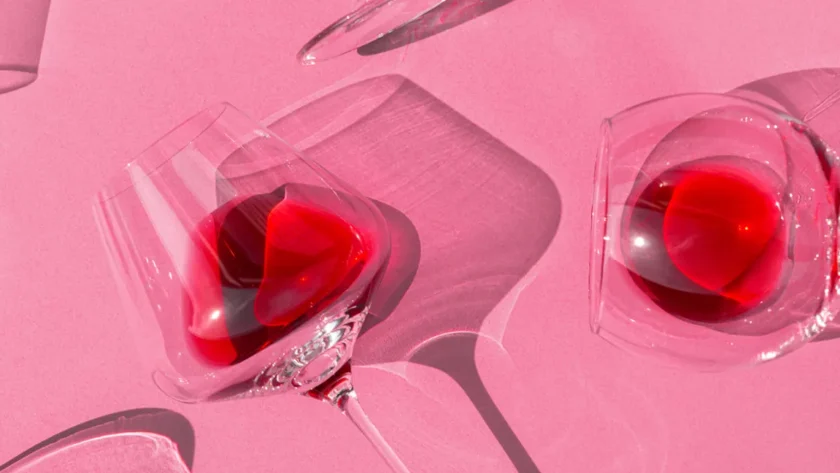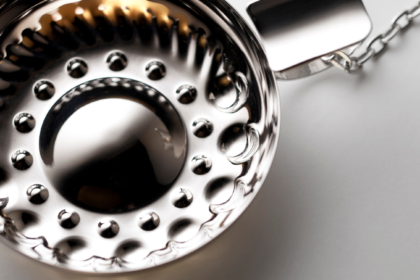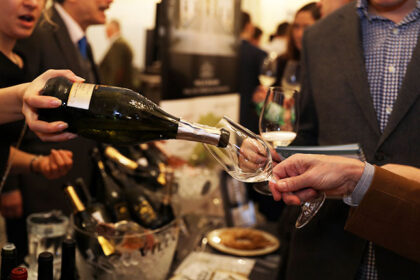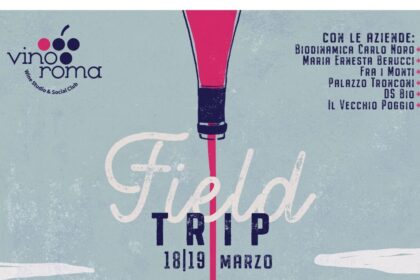Radici welcomes the spring and the month of April with a good news: a weekly press review with the most interesting news from the world of Italian wine, with the aim of creating a direct line from the information point of view between Italy and Ireland.
We strongly believe in the power of information, which is also a very effective way to know and discover new facets of the complex world of Italian wine: an extensive constellation of terroirs, people and stories to tell.

“News from Italy’s Wine World to Read While you enjoying a pleasant glass of wine (Italian, of course)”: this is the slogan that promotes the reading of this new press review, to be enjoyed in the time of a glass of wine, to get in touch with the Italian essence and enhance the best experience. Every week will be in fact recommended an Italian wine – in addition to an Italian wine destination to discover – to buy and enjoy (for those who want) in the company of the following week’s “News in a Wine Glass”.
Below you can read “News in a wine glass” n° 1. All that remains for Radici is to wish you a good reading and a good drink: cheers!
Wine rises to first place in the trade balance of Italian exports surpassing Fashion and Food
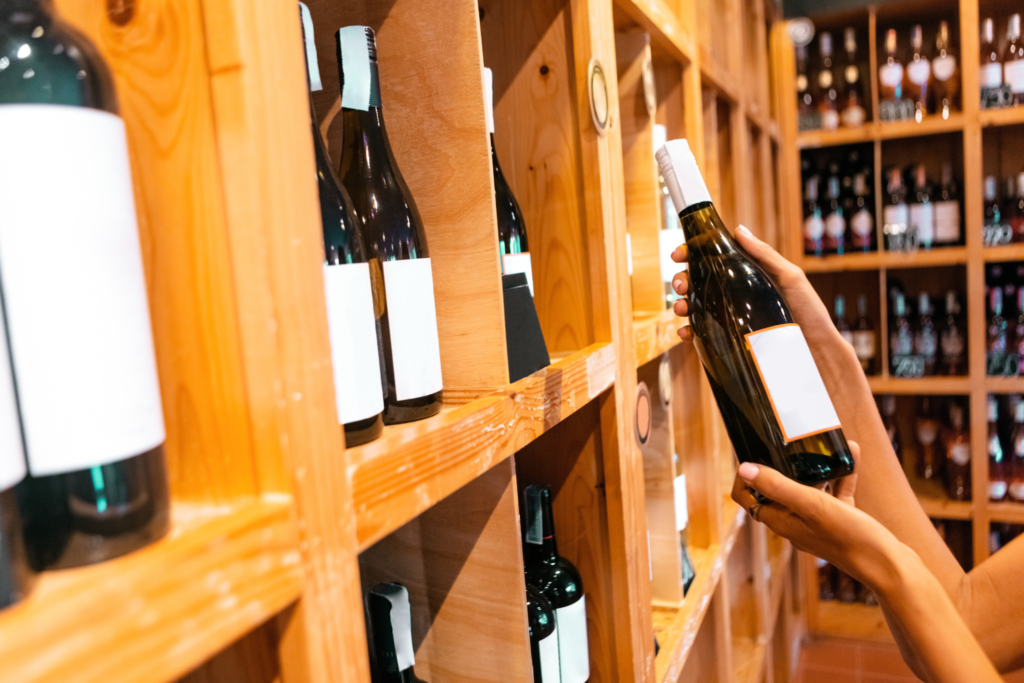
According to the analysis edited by Osservatorio UIV-VINITALY and PROMETEIA, presented in Rome at the press conference dedicated to the 2023 edition of the exhibition Veronese, with +7.4 billion euros of export surplus, the wine industry passes in 10 years from the fourth to the first place in the ranking of the best commercial balance of traditional exports, historically led by Clothing, Food, Furniture, Automation, out of 40 production sectors analyzed.
The value of the section now reaches 31.3 billion euros, with 53,000 active companies and 870 thousand employees. Even in a very competitive context, now the Italian wine industry has carved out a leading role also within the European Union. The tricolor sector accounts for 30% of the total turnover of wine of the European Union, surpassed only by 36% French but a long way from the third position, occupied by Spain with 16%.
Source: Corriere Vinicolo
Production and Export growth of Italian bubbles continues
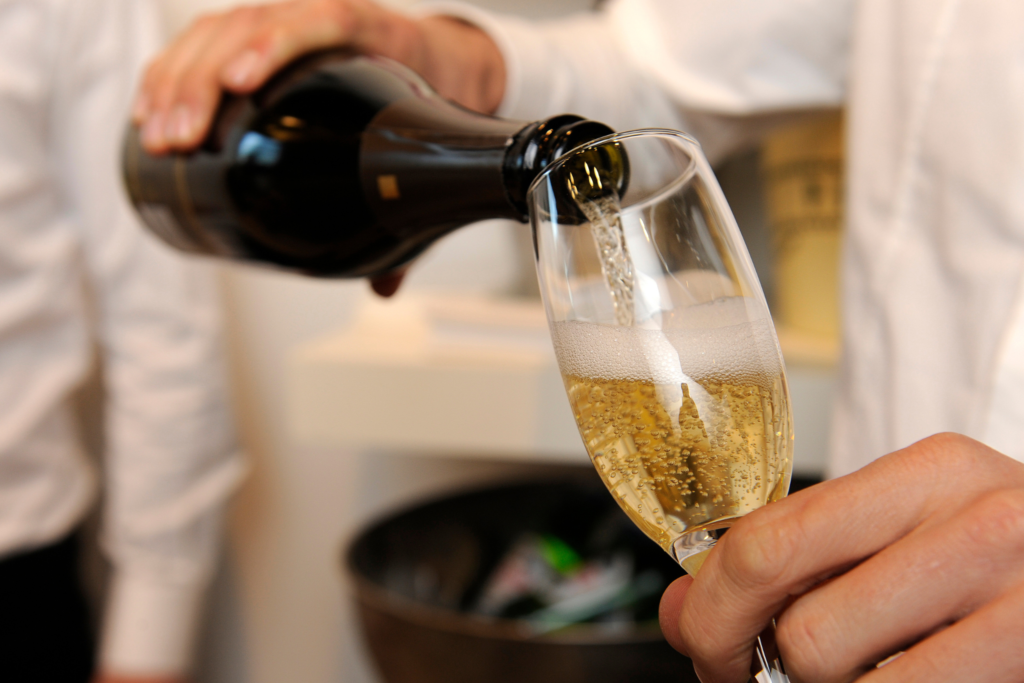
According to the Uiv-Vinitaly Observatory: Italian bubbles close 2022 to 1 billion bottles (+4%). Export confirms the leading role of Italian sparkling wines in favor of the whole sector. In 2022 Italy exported 5.2 million hectoliters of sparkling wine, up 6% on 2021, of which 3.7 million Prosecco (+6%) and 461,000 Asti (+9%).
Strong increase of the values exported, advanced to 19% for the total category for an equivalent value of 2,2 billion euros. Prosecco remains a driving force for exports (+22% in value, €1.6 billion) but Asti Spumante is also growing well, flying at +16% and €168 million in sales. Today, notes the Uiv-Vinitaly Observatory, the sparkling wine weighs for 24% volume on total exports, a share that in 2015 alone was 14%, and even 7% in 2010.
Today bubbles are the first product exported to key markets such as the UK (44% of share against 9% in 2010), France (49% against 12%), Russia (44%), Belgium (39% against 17% 12 years earlier), Austria (33%). In the USA, the first value market, sparkling wines with a market share of 33% are behind only whites (36%) but ahead of reds (24%). Just seven years earlier, bubbles stood at 17% against 45% of whites and 30% of reds.
Source: WineNews
The Veneto Region alone exports more than Australia and Chile
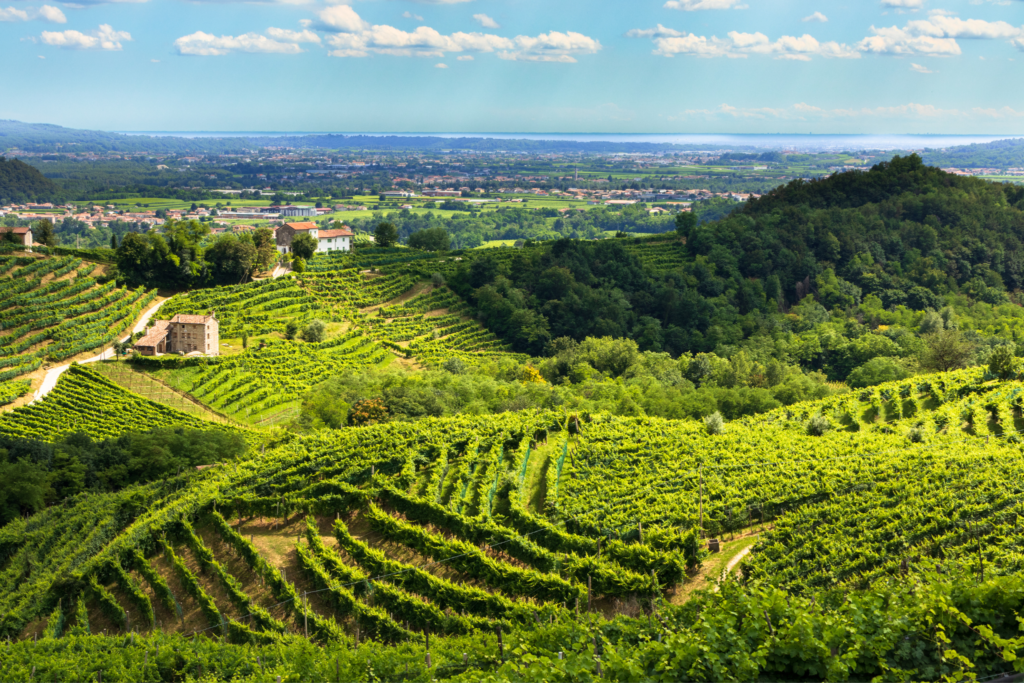
“The Veneto and its wine are truly a world heritage, as well represented here in Verona. We inaugurate an edition of Vinitaly with record numbers. Veneto is the first region for international wine exports, with 36% of its production, and in a virtual world ranking is positioned immediately after France, Italy, Spain and before Chile and Australia. Our region, alone, exports more than Piedmont (884 million euros) and Tuscany (815 million) put together, the two regions that follow the Veneto in the regional ranking”. This was said by the President of the Veneto Region at the opening of the 55th edition of Vinitaly in Veronafiere.
“The great challenge today is called sustainability, a necessary investment to be even more competitive in international markets – continued the Governor. In Veneto, The fifteen varieties of resistant vineyards testify that quality and sustainability can coexist. Let’s take them as an example to get to certify the entire process and the product, in order to demonstrate the attention to the consumer who is looking more and more carefully at the issue of sustainability. It’s an investment in respect of the environment and our production“.
Source: RegioneVeneto.it
In 1873 Prosecco debuts at the Vienna Expo: on the occasion of the anniversary a limited edition celebrates its inventor
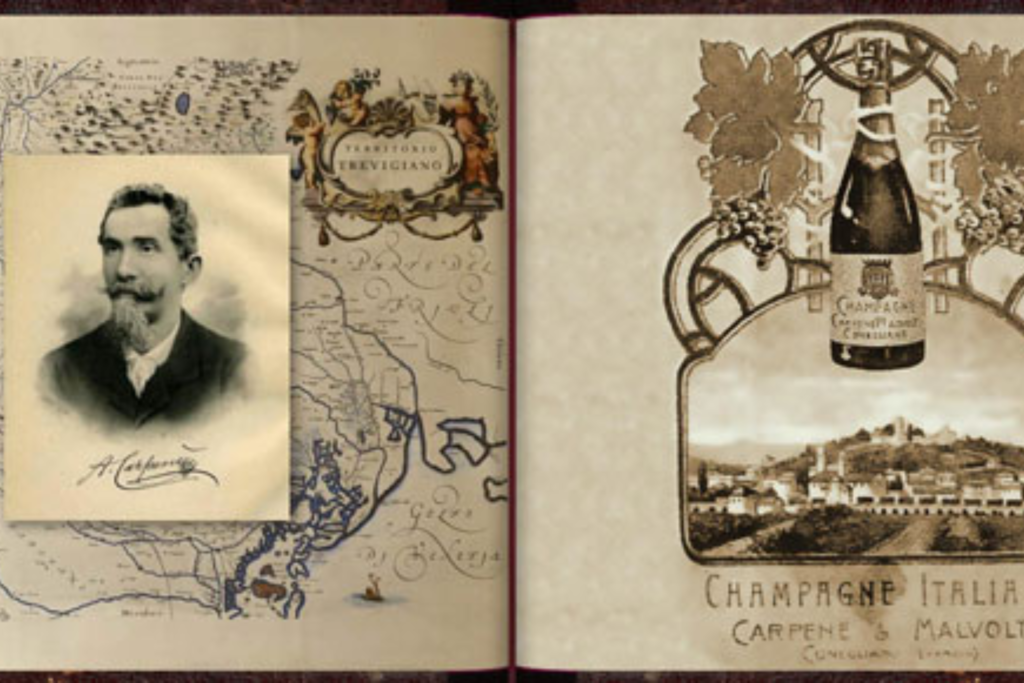
In 1873 Antonio Carpenè, considered the inventor of Prosecco, brought his sparkling wine to the Universal Exhibition in Vienna, then capital of the Austro-Hungarian Empire: a historic debut that then paved the way for a long series of successes for a wine that now represents one of the cornerstones of export made in Italy.
Past in history as one of the most enlightened and visionary minds of the nineteenth century in the scientific and entrepreneurial field, as well as a man of science author of authoritative manuals and publications, to Antonio Carpenè – founder of Carpenè-Malvolti, winery still run by his historic family – a new label is dedicated: it is called “1873 Prosecco”, a limited edition produced in just 1,873 units.
From the first Universal Exhibition held in 1751 in London to today, there are 320 events, which, especially at the turn of the nineteenth and early twentieth century, had a huge historical importance, also in the determination of the international geopolitical arrangements of each era.
Source: WineNews
Vines of the past for Wines of the future: “Graspo” recovers lost vines
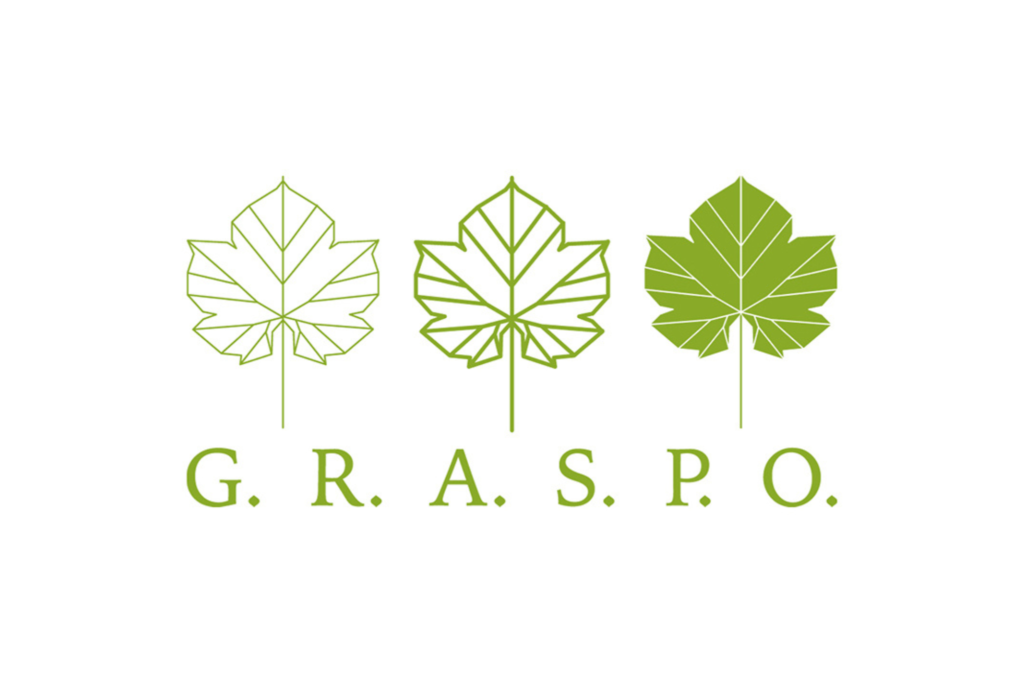
The association “Graspo” – Ampelographic Research Group for the Preservation of Originality and Biodiversity viticulture – founded by Aldo Lorenzoni (former director of the Consortium of Soave), together with winemakers Giuseppe Carcereri and Luigino Bertolazzi, works with a passion for active research on the recovery of ancient abandoned vines in the belief that biodiversity can be an important resource for the future of viticulture, both in terms of climate change and for a better diversification of wines also in a purely commercial projection.
“Are we so sure that what we are losing has no value and can be useful in the future, also in relation to climate change?” asks Lorenzoni, recounting the birth of the association. “These are vines once considered too acidic or tannic, which today can give pleasant wines, exactly in the place where we already grow vines, without necessarily having to go and plant vines in areas, for example, higher or colder”.
The association has also submitted some dossiers for the registration of the most interesting vines in the Register of vine varieties of the Ministry. All this articulated activity is now witnessed in a new publication entitled: Viticultural biodiversity, guardians, vines, wines. A publication that summarizes the work done to date and becomes the ideal tool to accompany the tasting of these original wines.
Source: WineNews
Wine tourism boom: wineries increase and the offer diversifies
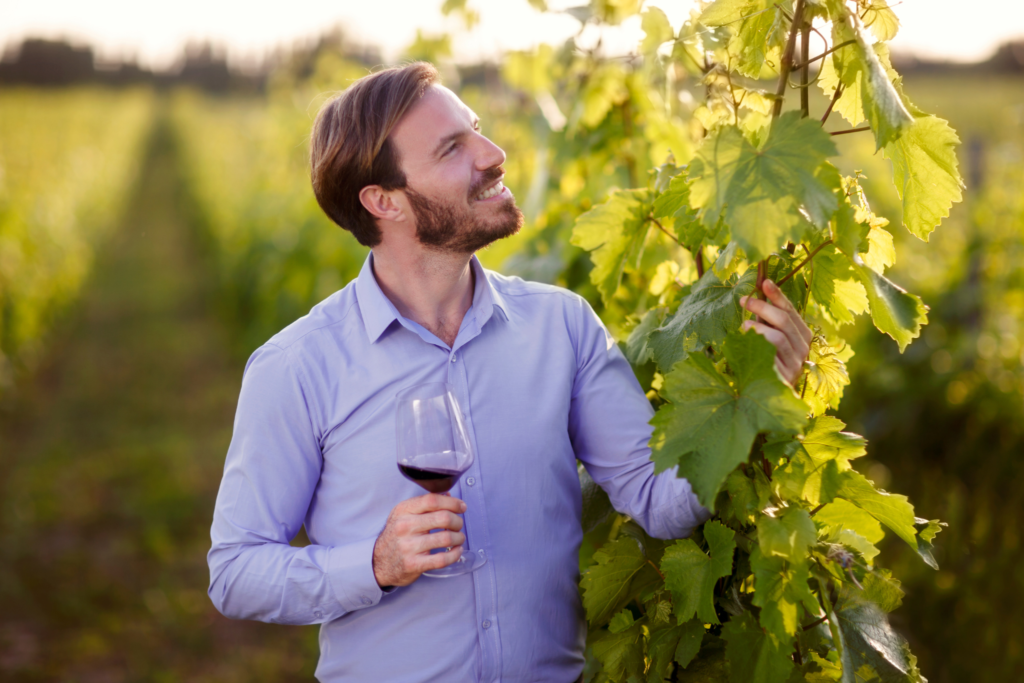
Presented at Vinitaly the largest survey ever carried out on wine tourism in Italy: 265 wineries and 145 municipalities of wine districts that photograph a tourism that accelerates, with the increase in the number and types of experiences offered. The survey by Nomisma – Wine Monitor directed by Denis Pantini and carried out by Roberta Gabrielli and Paola Piccioni is going to constitute the Observatory on wine tourism and is the most extensive ever made in Italy.
Donatella Cinelli Colombini, who 30 years ago created Cantine aperte and the Movimento Turismo del Vino, joins the president of the Donne del Vino, Daniela Mastroberardino, to highlight the female role. In fact, although Italian tourist wineries are mainly run by men (55%), the management of wine hospitality is mainly female (73%).
The wine hospitality of the Women of Wine is differentiated by a greater diversification of the offer: not only wine, but also activities related to wellness, catering (28%) and cooking classes (40%), hospitality (36%), sports (15% pools) and the organization of visits to nearby places or cultural events (50%). In other words, women are effectively transforming the attractive wine into a proposal for a stay of one or more days with activities related to cultural enrichment and regeneration that originates in nature.

The most common type of tourist winery in Italy is the small and familiar one (39%) that appears particularly present in Campania, Puglia and Umbria. Following the wineries with historical or architectural importance (14%) that have the highest percentages in Veneto and Piedmont. The enterprises with famous or historical brand are 12% of the total and are particularly diffused in Veneto and Sicily.
Piedmont, Tuscany, Friuli and Sicily are characterized by wine companies with particular scenic and naturalistic beauty (11%) while in Puglia and Umbria is higher the share of well-organized wineries for incoming.
Source: Federvini
Wine Changing Italy: Lazio and Valle D’Aosta join Liv-Ex
Today, there is no Italian region, there is no wine district that is not engaged in a stylistic redefinition, in the rediscovery and enhancement of native vines, in the deepening of the link of these with the most prestigious terroirs. “Research has led to a true Copernican revolution in the wine scene, says Riccardo Cotarella, president of Assoenologi – rediscovering territories wrongly considered not suitable and the value of many autochthonous grapes“. Icing on the cake in the indices Liv-Ex (those of collectible wines and investment worldwide) Italians gain positions and the rose of labels – always reserved for Tuscany and Piedmont – is expanding and begins to welcome wines from other regions.
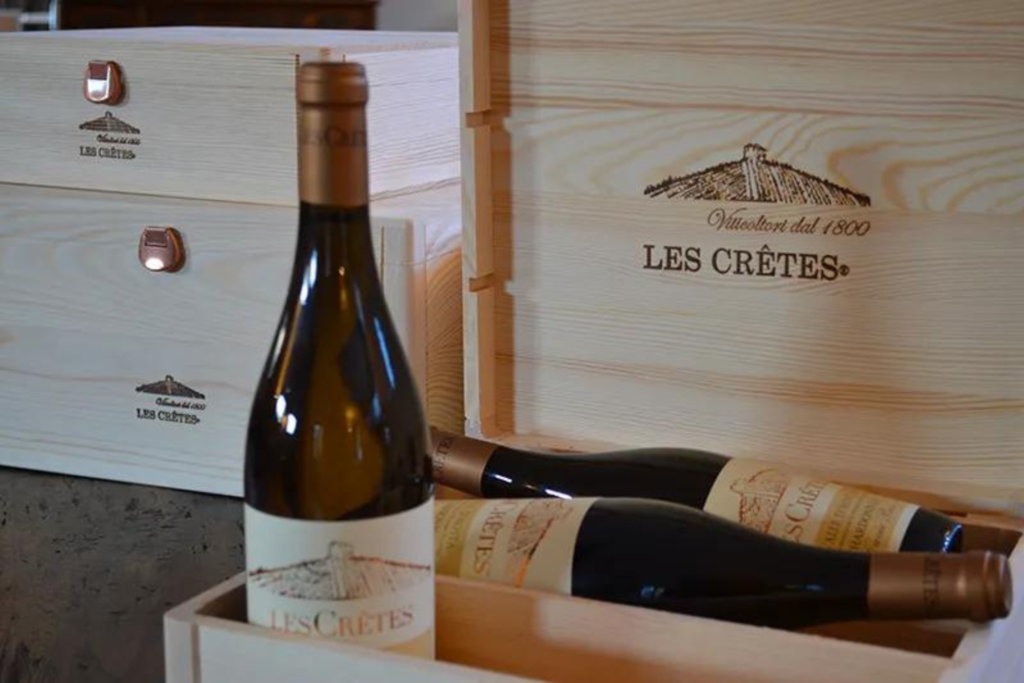
Liv-ex (The London International Vintners Exchange), is the benchmark for those who invest in wine that constantly monitors the exchange of products of more than 600
wineries in 47 countries around the world. Of course, the analysis that comes from the Liv-ex index does not give an exhaustive picture of Italy of wine, since we are talking about collectible wines and therefore, only some specific wines are considered, mostly related to Tuscany and Piedmont. It is significant, however, that for the first time in 2022 two wines from less famous territories entered Liv-ex: from Lazio, San Giovenale Habemus 2018 and from Valle d’Aosta Chardonnay Cuvée Bois 2018 from Les Crêtes.
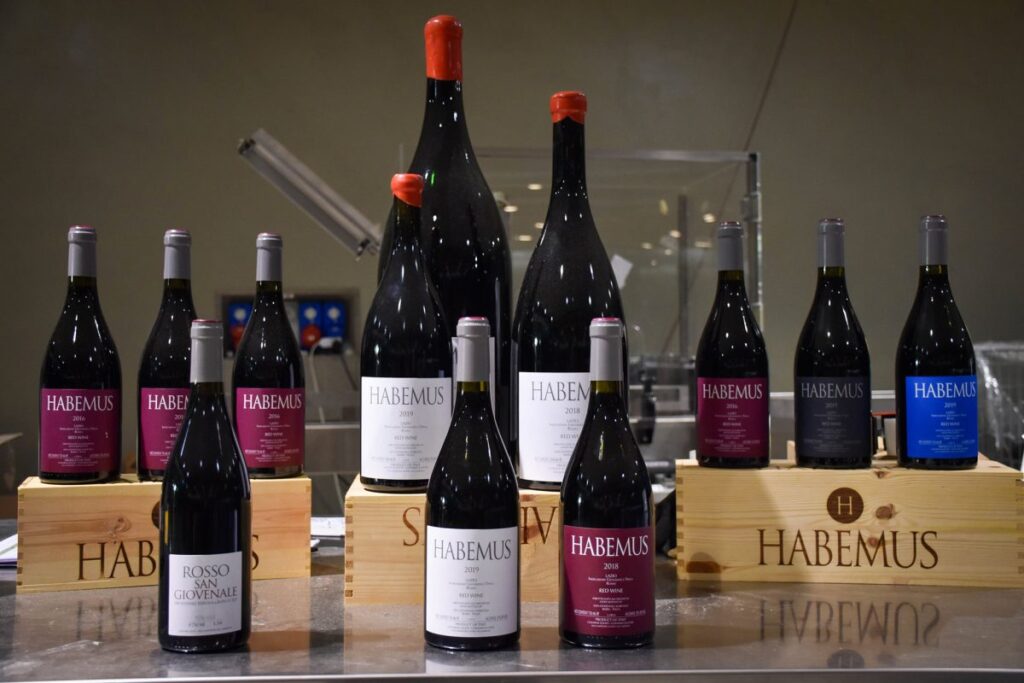
The Taiwanese journalist Xiaowen Huang says: «Italian wines are born more and more in altitude and are increasingly promising and defined. Autochthonous varieties dominate: future Italian classics have and will have distinctive flavors and personalities that represent the terroir from which they come».
Source: Gambero Rosso
#TerritoriesTo(Re)Discover: Valle D’Aosta
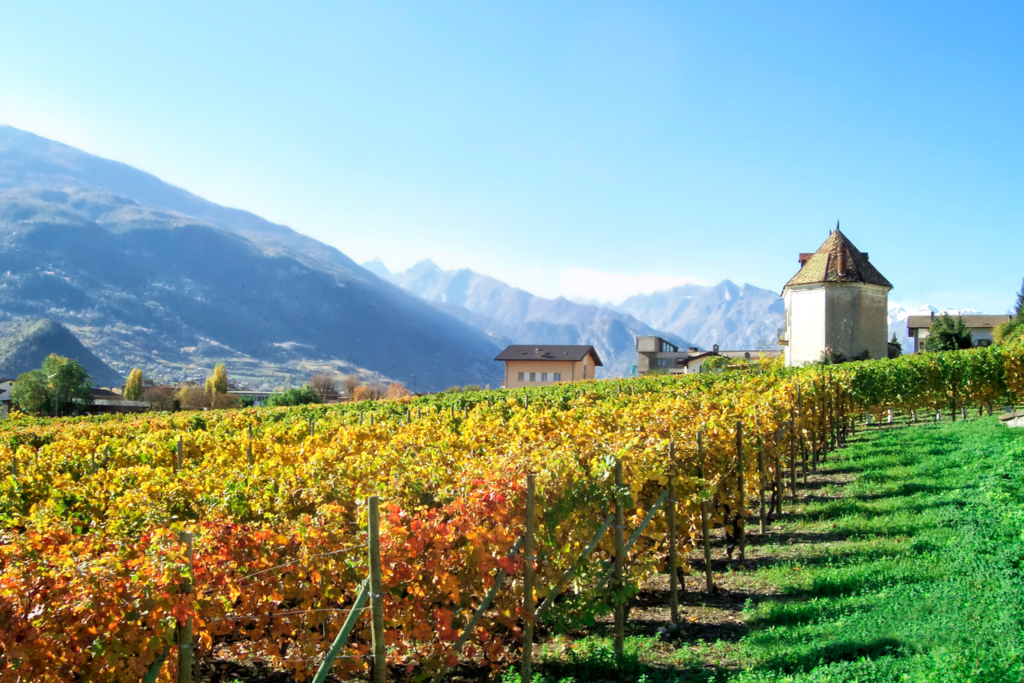
After the great news of the Liv-Ex we talked about above, it seems a must to tell you about Valle D’Aosta. Read more about the region here.
Wine of the Week: Frascati Superiore DOCG Casale Marchese
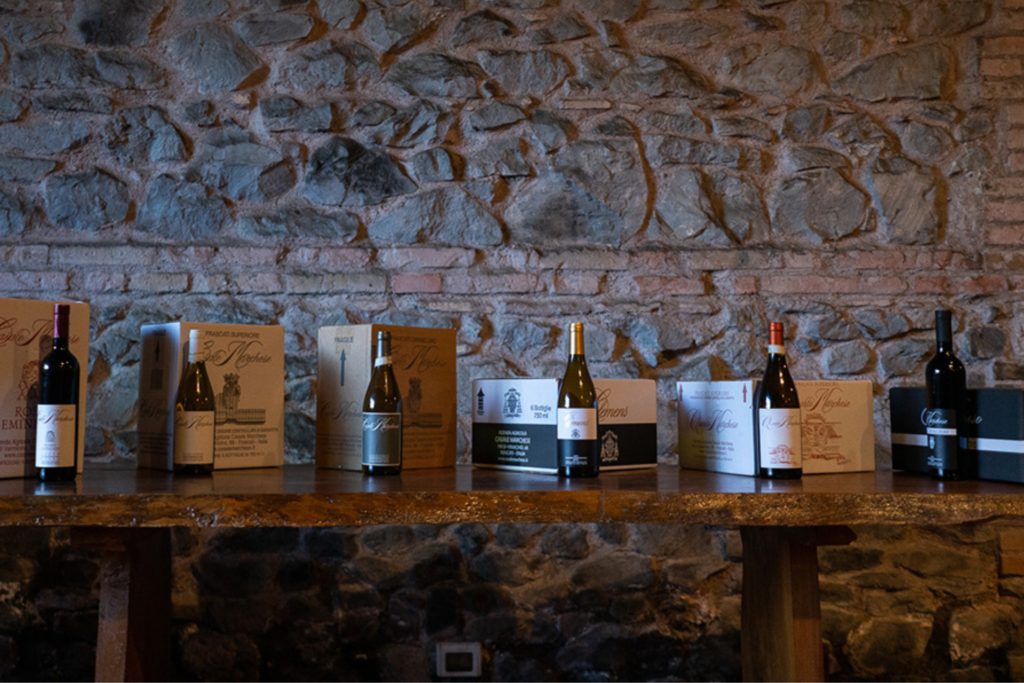
Distributed in Ireland by MacKenWay Wines, read more about the wine and the winery here and access the purchase link.
